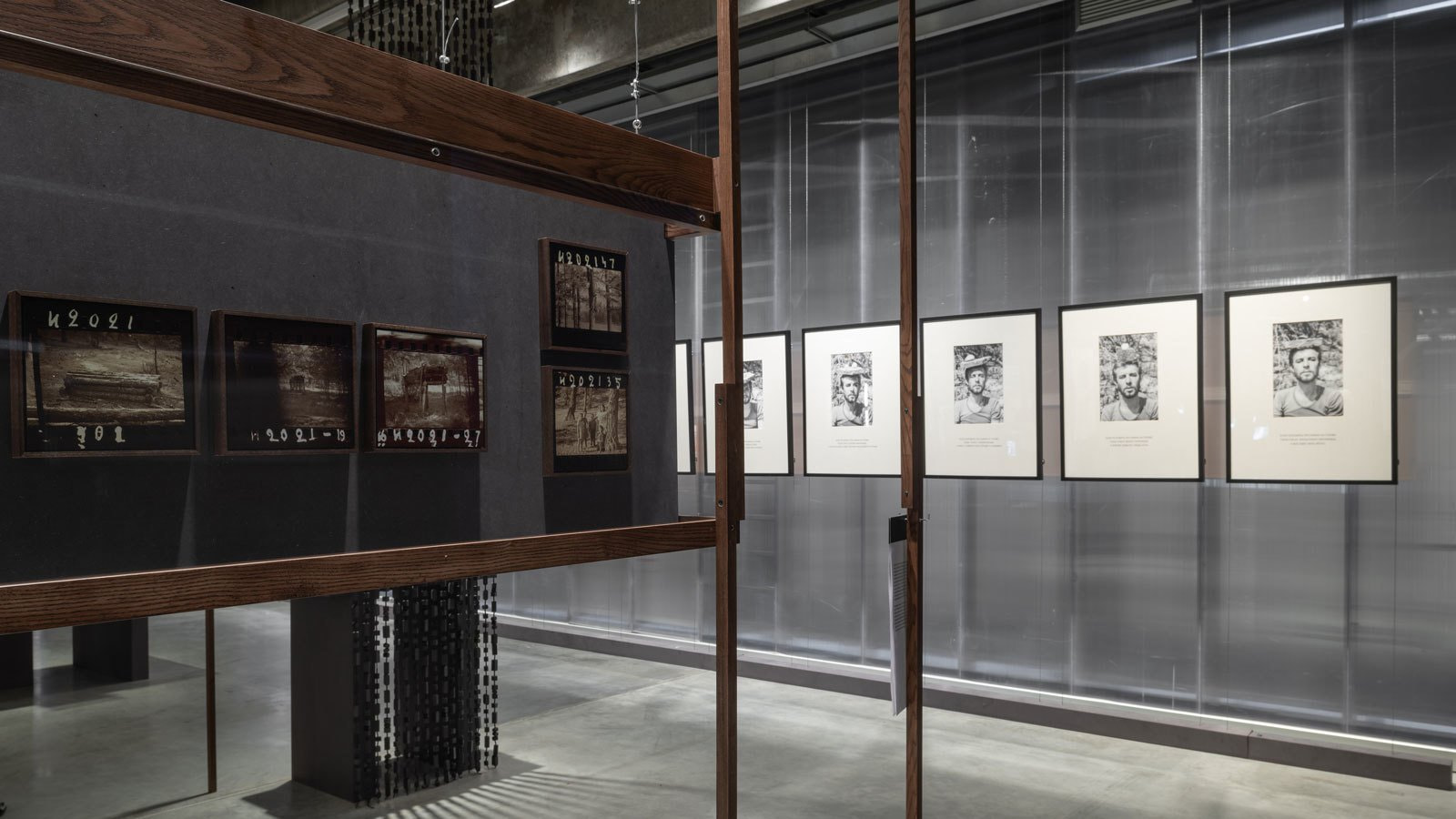Underground artists adored Freud. Yuri Sobolev studied his article “Delusion and Dream in Jensen’s Gradiva.” Ülo Sooster, perhaps ironically, confessed in a letter to a friend that he had discovered “anal eroticism” in his psyche, which explained why he rarely answered letters but did so in detail. Although less preoccupied with Freudian ideas, the artist and poet Vladimir Kovenatsky, as often happens, did things that beg psychoanalytic interpretation.
Thanks to Kovenatsky, the gatherings of passionate seekers of esoteric experiences in Yuri Mamleev’s apartment in Yuzhinsky Lane became widely known as meetings of “sexual mystics,” as this was the subtitle of the “art newspaper” which Kovenatsky showed there. Bohemians who came to Yuzhinsky in search of orgies left disappointed by the serious, even religious atmosphere within the circle of researchers into divine and otherworldly realms.
At Dawn is not the only self-portrait capturing his encounter with horror. In his memoirs, Mamleev recalled that Kovenatsky “had one drawing [. . .] in the foreground there is an artist sitting perkily with a canvas in front of him, and he [. . .] is drawing a nuclear explosion, a mushroom growing somewhere not that far away. This is Kovenatsky himself, his situation. The artist and the explosion of this world.” At Dawn brings together the figure in a self-portrait with a shaved monster whose head slowly emerges from the depths (a metaphor for the unconscious, according to Freud). The shaved head and distorted facial features refer to the, unfortunately, still popular stereotype of a mental hospital patient. It may be that At Dawn depicts the ghost of the serious illness that would soon swallow Kovenatsky, in the 1980s, after his experiments with psychoactive substances.
“But it cannot be that way,” Mamleev continued, commenting on the drawing with the mushroom cloud. “You cannot look into the eyes of your murderer and enjoy suffering his gaze. You cannot be permanently ruptured. The rupture should be followed by a breakthrough, resurrection, escape.” Today, Kovenatsky’s poems and drawings break through to the reader mainly thanks to references in the books and interviews of Viktor Pelevin, a contemporary writer who continues the Yuzhinsky Lane tradition of the psychedelic representation of Russian everyday life.
